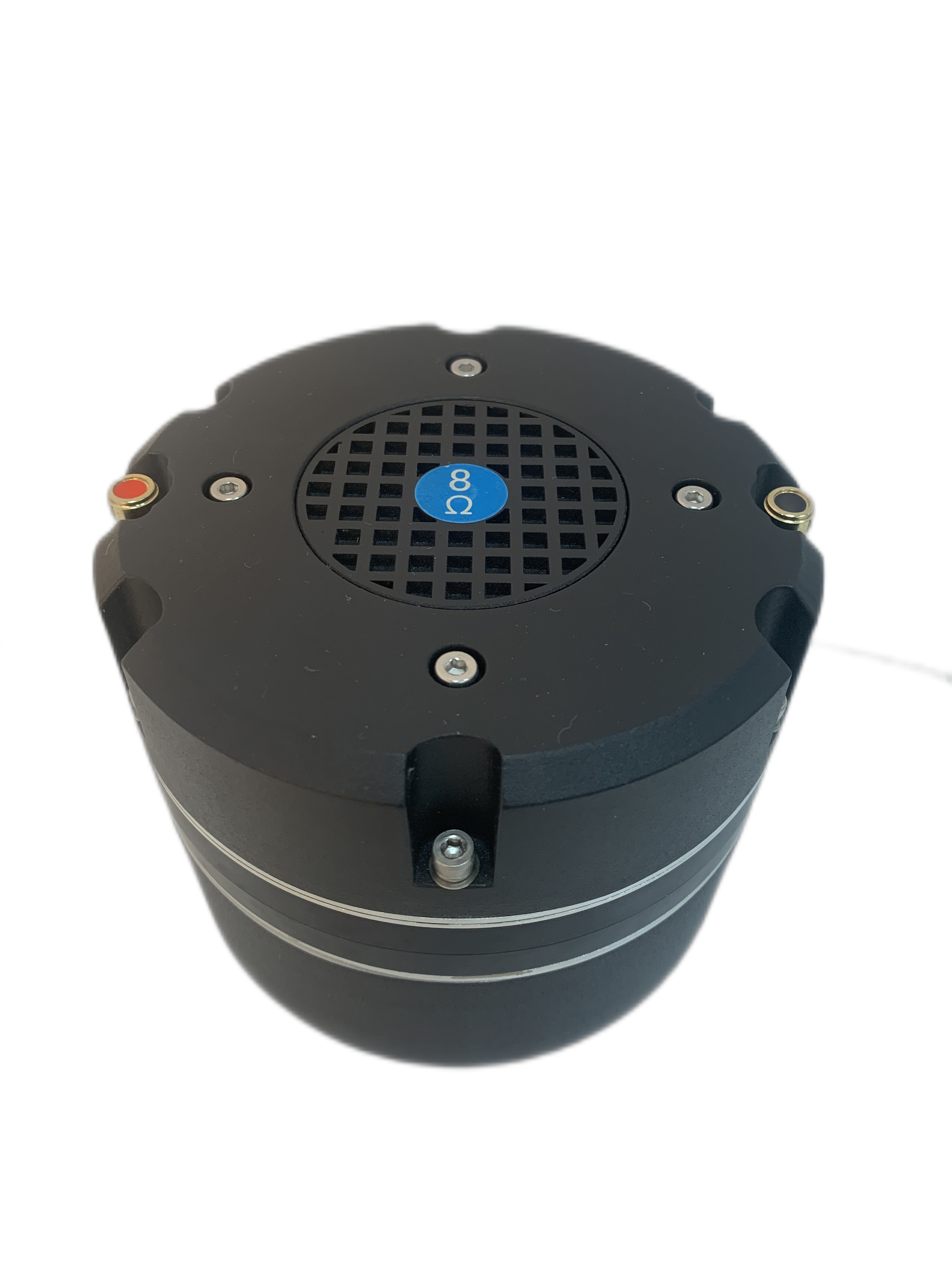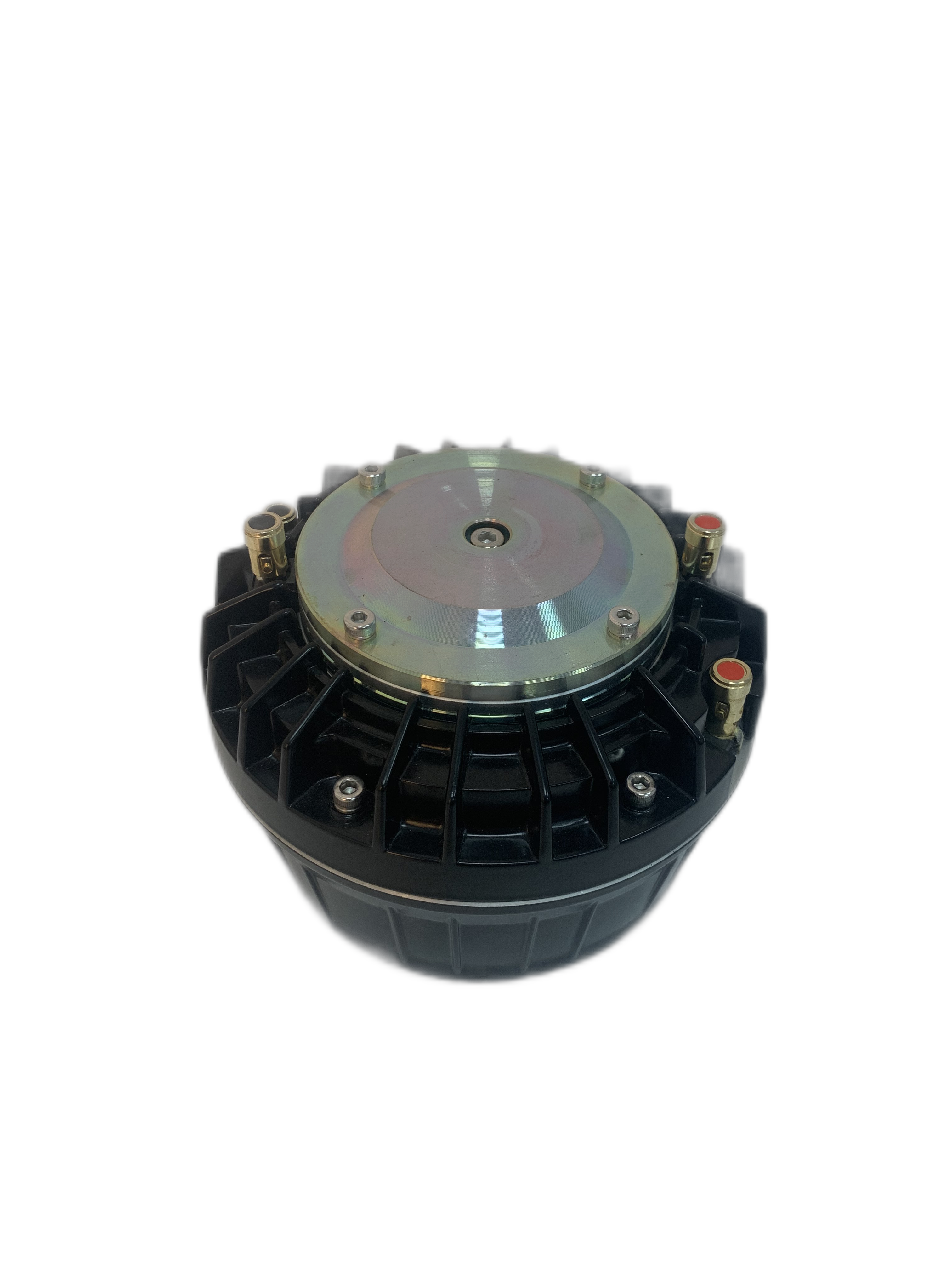Analog professional audio refers to traditional audio equipment and signal processing that uses continuous electrical signals rather than digital binary data, valued for its warm, natural sound characteristics in professional recording, mixing, and live sound applications. Core components include analog mixers with physical faders and knobs, vacuum tube preamps, analog equalizers, compressors, and tape recorders, which process audio through electrical circuits and magnetic tape rather than software algorithms. Audio purists often praise analog systems for their harmonic distortion—subtle, musical overtones that add richness to vocals and instruments—and their ability to handle dynamic range smoothly without the quantization artifacts sometimes present in digital systems. Analog mixers offer tactile control, allowing engineers to make real time adjustments with immediate physical feedback, a benefit in fast paced live environments. Signal flow remains continuous from input to output, preserving the integrity of the original audio waveform. While analog lacks the recallable presets and advanced processing of digital systems, it excels in simplicity and reliability, with fewer latency issues and less dependency on software updates. Many professional studios and live sound setups use hybrid systems, combining analog warmth with digital convenience, but analog professional audio remains a cornerstone of high end production, cherished for its ability to convey emotional depth and sonic character that resonates with listeners on a visceral level.


